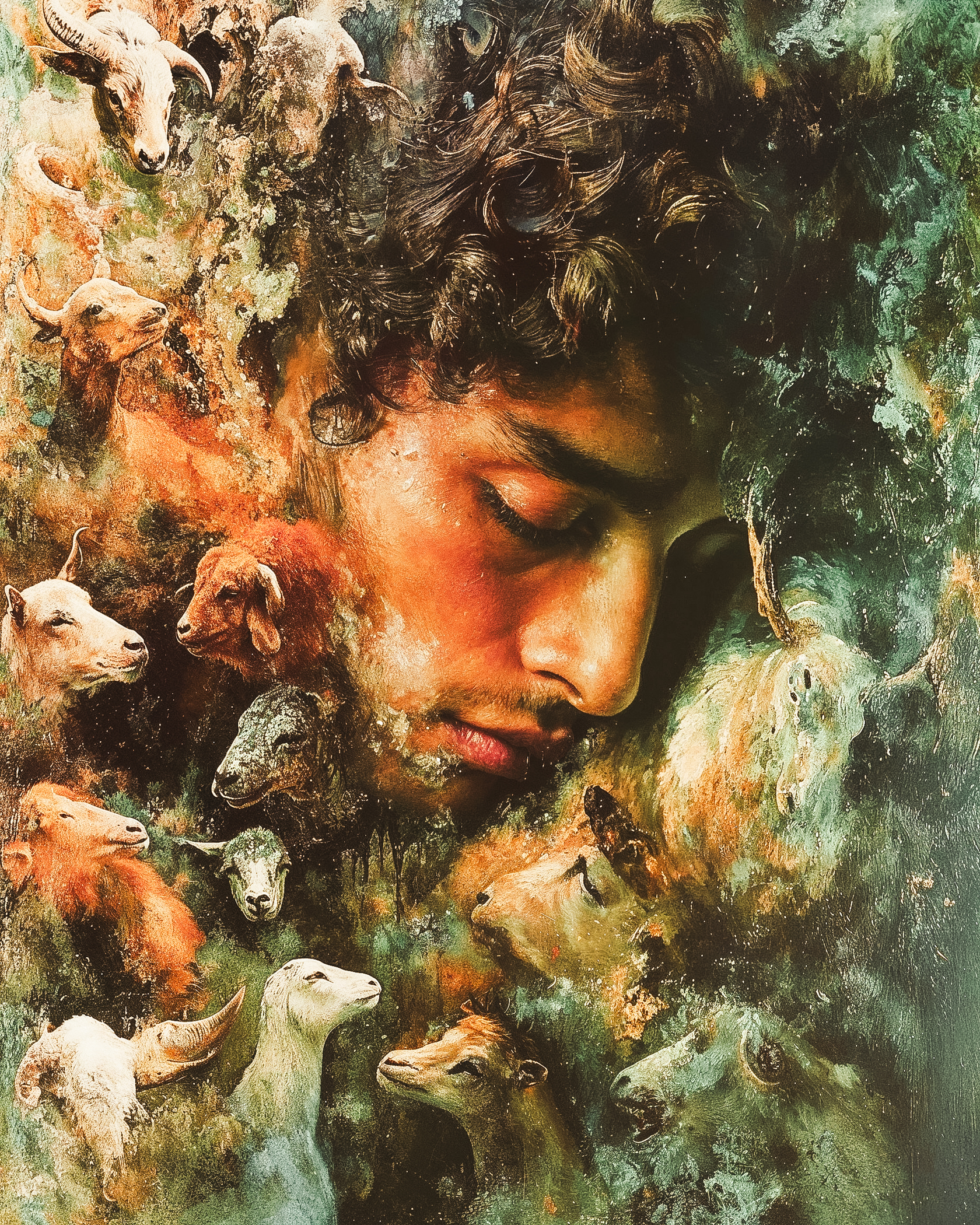
26 Nov Exploring the Dream Worlds of Our Animal Companions
Research indicates that many animals, including mammals and birds, do indeed experience dreams. This conclusion stems primarily from the study of Rapid Eye Movement (REM) sleep, a phase of sleep closely associated with dreaming in humans. During REM sleep, there’s significant electrical activity in the brain, and this has been observed in various animals as well.
The 2001 study conducted by researchers at the Massachusetts Institute of Technology (MIT) marked a significant advancement in our understanding of animal cognition, particularly in the realm of dreaming. This groundbreaking research provided compelling evidence that animals, much like humans, experience complex dreams. The MIT team discovered that animals possess the ability to retain and recall lengthy sequences of events during their sleep, a finding that challenges previous assumptions about animal consciousness and memory.
The most compelling aspect of this study involved experiments with rats. Researchers trained these rats to navigate a maze while awake and monitored their brain activity throughout the task. They observed distinct patterns of neurons firing in the hippocampus, a part of the brain known to play a crucial role in memory formation and navigation. What was remarkable was that these same patterns of brain activity were later observed when the rats entered REM (Rapid Eye Movement) sleep, a sleep stage often associated with dreaming in humans.
The similarities in brain patterns between the waking and sleeping states of the rats suggested that these animals were, in fact, dreaming about their experiences in the maze. This conclusion not only provides insight into the depth of animal dreams but also raises intriguing questions about the nature of memory and learning across different species. The ability of rats to replay their waking experiences in dreams indicates a sophisticated level of cognitive processing and memory consolidation, which may be crucial for their survival and learning.
Moreover, this research has broader implications for understanding how memories are formed and consolidated in the brain, both in animals and humans. It opens up avenues for further research into the potential role of dreams in reinforcing learning and memory retention, which could have significant implications for studying human memory disorders and cognitive processes. The MIT study, therefore, stands as a pivotal contribution to the field of cognitive science, offering profound insights into the inner workings of the animal mind and its capacity for complex dreaming.
Additionally, various studies have extended this understanding of animal dreaming beyond rodents to other species, such as cats. In these studies, researchers observed that when certain neural inhibitors were deactivated during REM sleep, allowing the animals to move, the cats exhibited behaviors that suggested engagement in dream-like activities. These behaviors included running around, swatting at the air with their paws, and biting at invisible objects. Such actions imply that the cats were not merely experiencing random muscle twitches during their sleep, but rather engaging in activities that they might perform while awake, possibly replaying daily events or instincts in a dream state.
This phenomenon of animals physically acting out their dreams provides a fascinating glimpse into the depth and complexity of their inner lives. It suggests that animals, much like humans, may dream about their daily experiences, fears, desires, or even instinctual behaviors. This insight opens up a plethora of questions about the content of animal dreams and their purpose. For example, do these dreams serve a role in processing emotions, reinforcing learned behaviors, or practicing instinctual activities?
Furthermore, these findings have significant implications for our understanding of human learning and memory. The similarities in the way different species, including humans, process and consolidate experiences during sleep point to a more universal function of dreaming in cognitive processing. Dreams may play a crucial role in memory consolidation, problem-solving, and learning. This is supported by research indicating that humans learning repetitive tasks can enhance their performance through REM sleep, suggesting that some form of ‘offline’ practice or processing occurs during this stage.
By studying animal dreams, researchers can gain insights into the basic mechanisms of sleep and dreaming, which could further our understanding of human sleep disorders, memory consolidation processes, and the role of dreams in our psychological well-being. These studies underline the importance of sleep and dreaming as fundamental aspects of not just human cognition but also animal cognition, highlighting the interconnectedness of all living beings in the way we process and interpret our experiences.

No Comments